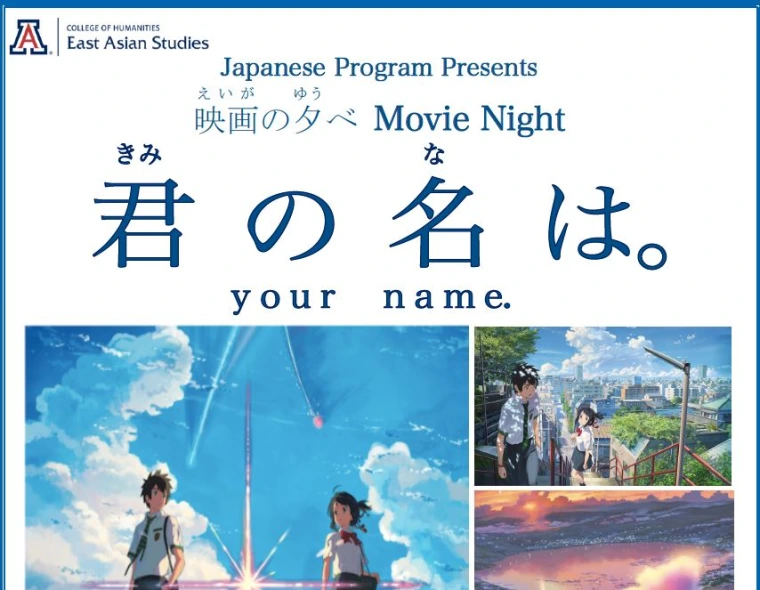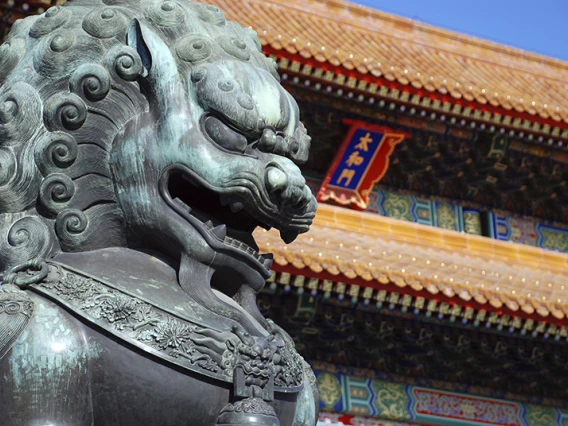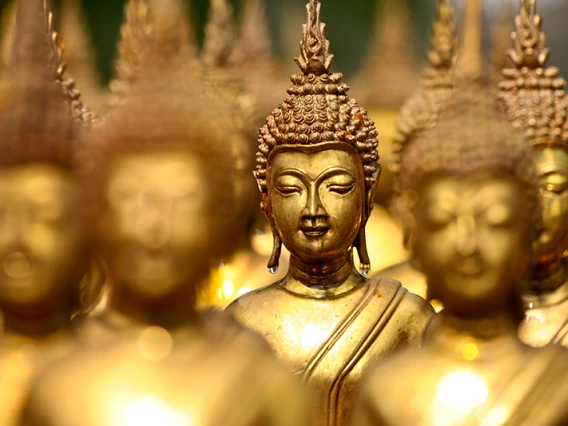Miyako Inoue presents "Law’s Logistical Media: The Installation of the Filing System in the Postwar Japanese Prosecutor's Office"
Miyako Inoue is an associate professor for The Department of Anthropology at Stanford University. She graduated from Washigton University with her Ph.D in 1996. Professor Inoue has completed her first publication titled Vicarious Language: the Political Economy of Gender and Speech in Japan. The literature explores the phenomenon of "womens language" in modern Japanese society. She is also currently working on a second project, focusing on the development of Chinese shorthand.
This presentation provides a semiotic and linguistic anthropological analysis of the filing system introduced in the Japanese Prosecutor’s Office in the aftermath of WWII, from the late 1940s to the early 1950s. At this time Taylor’s scientific management and Weberian visions of bureaucratic rationality in general expanded into public administrative offices as part of the democratization reform of the Japanese justice system pushed by the American Occupation. The post-war constitutional imperatives of democracy were translated into the mundane yet systematic operation of paperwork rooted in scientific management and the goal of bureaucratic efficiency. This presentation will discuss how the filing system amounted to a logistical mode of governing which spatially and temporally regulated the movement of people and things. The goal of this presentation is to consider (law’s) logistics as a form of power, which derives neither from rules nor disciplines, but from “disposition.” Beyond, and in addition to, the understanding of law hermeneutically as a relatively bounded discourse or set of rules, it shows the law's alternative mode of existence viewed from its medial infrastructure.

Sweeping a Tomb in Nice: Revolutionary Mourning in Alexander Herzen and Ba Jin
Co-Sponsored by the Department of Russian and Slavic Studies
Hosted by the Department of East Asian Studies
The departments of East Asian studies and Russian and Slavic studies are proud to have Assistant Professor Roy Chan of Oregon University, Department of East Asian Languages and Literatures, speak upon conceptions of intelligentisa through Chinese literature .Having survived considerable persecution during the Cultural Revolution, Ba Jin (1904-2005) emerged back on the Chinese literary scene in 1979 with a translation of the first part of 19th century Russian writer Alexander Herzen’s memoirs, Byloe i dumy (My Past and Thoughts, in Chinese, Wangshi yu suixiang). Herzen had long been a considerable influence on Ba Jin, and for decades Ba Jin had endeavored to translate his memoirs. After completing the first volume of translation, Ba Jin traveled to France where he met with Herzen’s descendants, and visited his grave in Nice. Ba Jin recorded these experiences in a number of writings. This talk seeks to understand how Ba Jin’s engagement with Herzen attempted to transplant certain conceptions of intelligentsia identity through his own aesthetic and ethical activity; like the Russian intelligentsia that so inspired Ba Jin, he also sought to meld life, literature, and history. Historic events and personal dramas transmute into aesthetic expression, which in turn spurs new actions and events in an infinite loop. Translation in this instance is conceived broadly: not simply as a literary activity, but also as an ethical activity that incorporated both personal and revolutionary mourning.

Roy Chan received his Ph.D. (2009) in Comparative Literature from the University of California, Berkeley, and also holds a B.A. (2002) in Russian and Comparative Literature from the University of Washington. Prior to coming to Oregon, he taught at the College of William and Mary, and was a Harvard University Fairbank Center An Wang Postdoctoral Fellow in Chinese Studies.
https://russian.arizona.edu/sweeping-tomb-nice-revolutionary-mourning-alexander-herzen-and-ba-jin
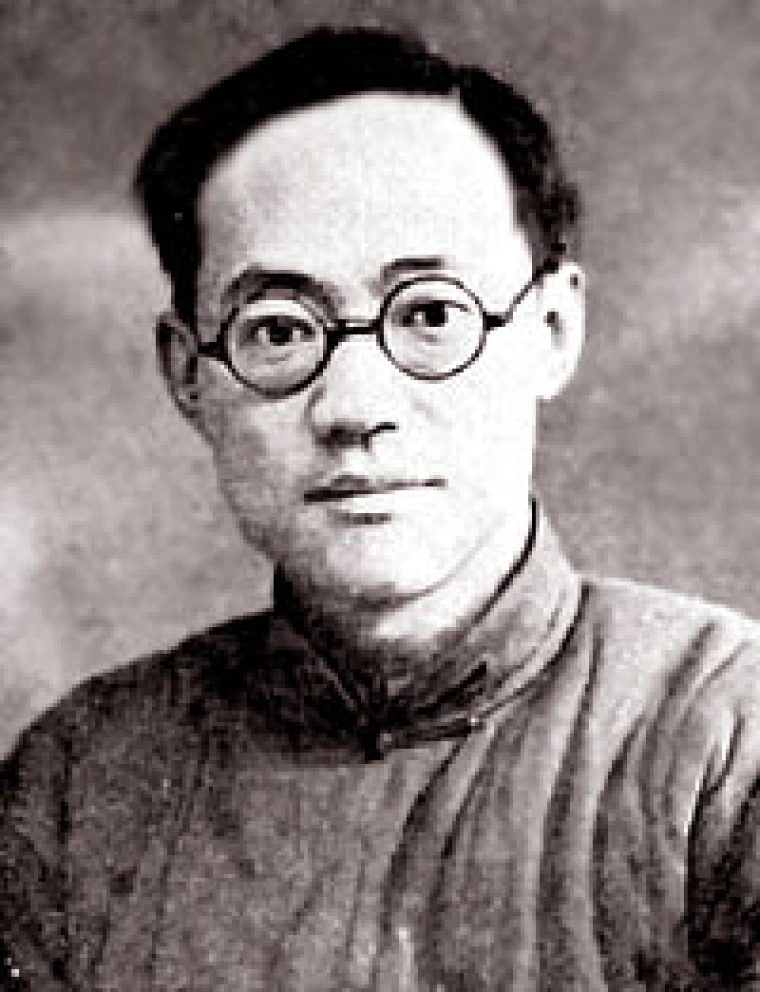
Creating the World of Chan/Son/Zen: Chinese Chan Buddhism and its spread throughout East Asia
Zen enthralled the scholarly world throughout much of the 20th century, and Zen Studies became a major academic discipline in its wake. Toward the end of the 20th century, some of the biases inherent in Zen Studies began to be exposed, and the parameters of the field shifted markedly into new directions. A consensus formed that the so-called “golden age” of Zen forged by Tang dynasty masters was largely the product of Song Chan revisionism. The aim of the conference is to forge new parameters for Chan/Sŏn/Zen Studies. The focus will be on developments in Chan Buddhism during the 10th through 13th centuries, and their impact throughout the East Asian region in Korea and Japan, both pre-modern and modern, as well as in China after the Song dynasty.
Official Conference program (PDF)
Official Conference website: zenconference.arizona.edu
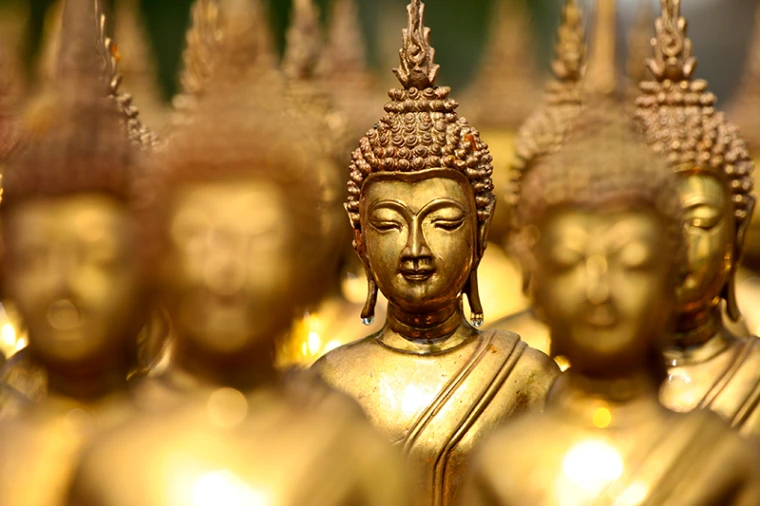
Zen Enlightenment: Is it Sudden or Gradual? by Robert E. Buswell, Jr.
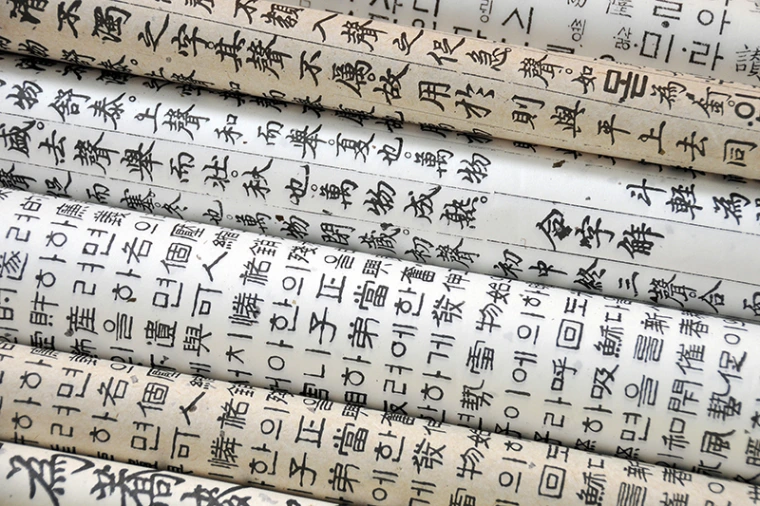
Center for Buddhist Studies Inaugural Ceremony


EAS Summer 2018 Course Offerings


Japanese Program Movie Night
Please join us! The film will be shown in Japanese with English subtitles.
Japanese snacks will be provided.
